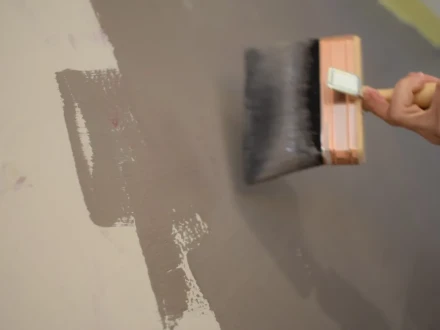How to paint with Kalklitir?
1.1.2022
Kalklitir is an Icelandic, eco-friendly lime paint that gives walls a vibrant and matte appearance. In this article, we'll go through how you can successfully paint with Kalklitir.
Materials
- Kalklitir powder (1 kg covers about 6–10 m² with two coats)
- Water (1.7 liters per 1 kg of powder)
- Mixing container (3–5 liters, with a tight lid)
- Mixing tool (whisk, electric mixer, or drill whisk)
- Natural bristle paintbrush (at least 10 cm wide)
- Painters tape (to protect moldings and outlets)
- Protective plastic or cardboard (to protect the floor)
- Dust mask (during mixing)
Paint Preparation
- Pour 1.7 liters of water into the mixing container.
- Gradually add Kalklitir powder to the water while stirring.
- Let the mixture stand for about 10 minutes and stir again.
- The paint is ready to use and will keep in the refrigerator for 1–2 days.


Preparing the Surface
- Clean the surface to be painted from dust and grease.
- Smooth out any uneven areas and holes.
- Prime with a water-based primer if necessary, especially if the surface is very porous or previously painted with glossy paint.
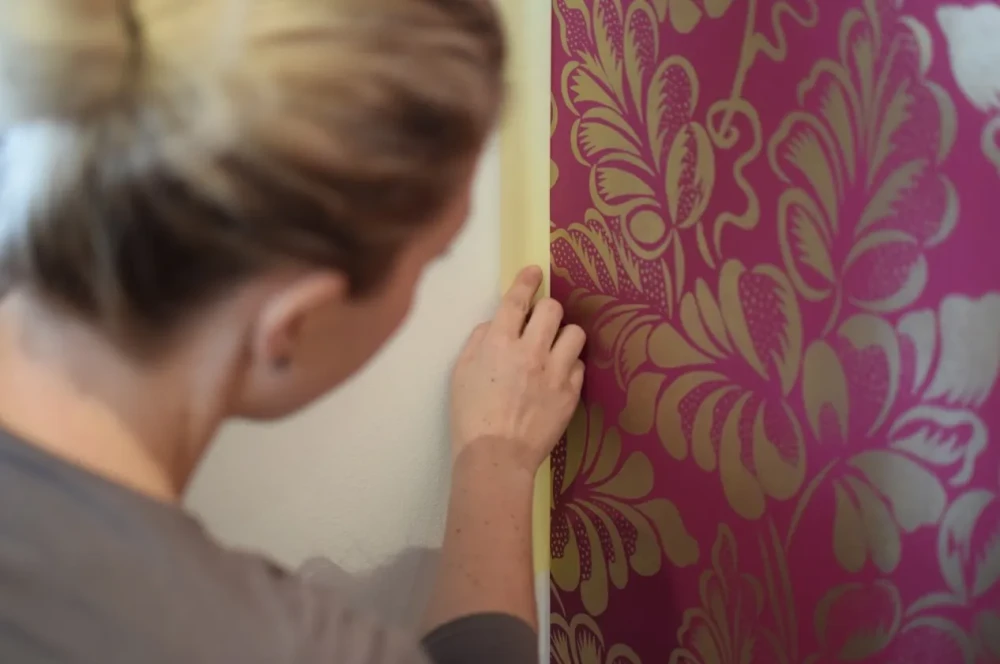
Painting Technique
- Lightly moisten the wall with water before painting.
- Apply the paint with a brush using your preferred technique:
- X-technique: Cross strokes create a soft, lively surface.
- Vertical strokes: Provide a more peaceful appearance.
- Avoid breaks in the middle of the wall, as the paint dries quickly. Take breaks at corners or natural boundaries.
- Let dry for about 1.5 hours before applying a second coat.
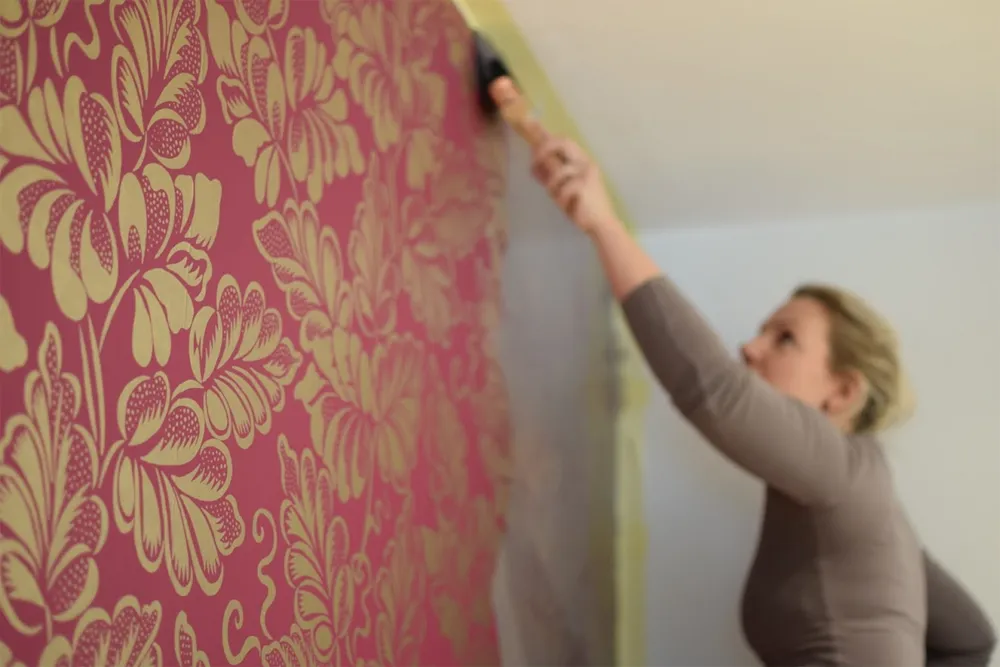
 |
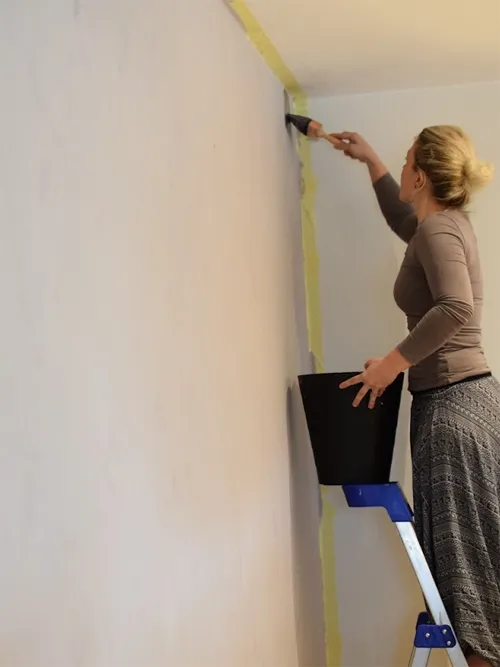 |
Final Result
- The paint dries quickly and the shade lightens as it dries.
- The final finish is matte and lively.
- If desired, you can experiment with different shades by ordering color samples before the actual painting.
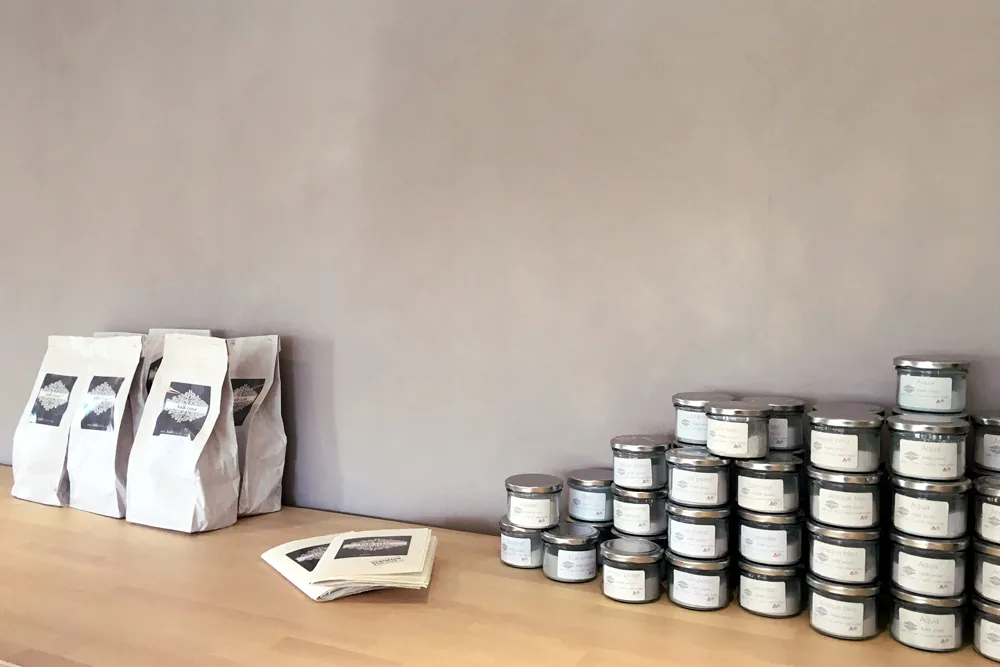
Good luck with your painting!
